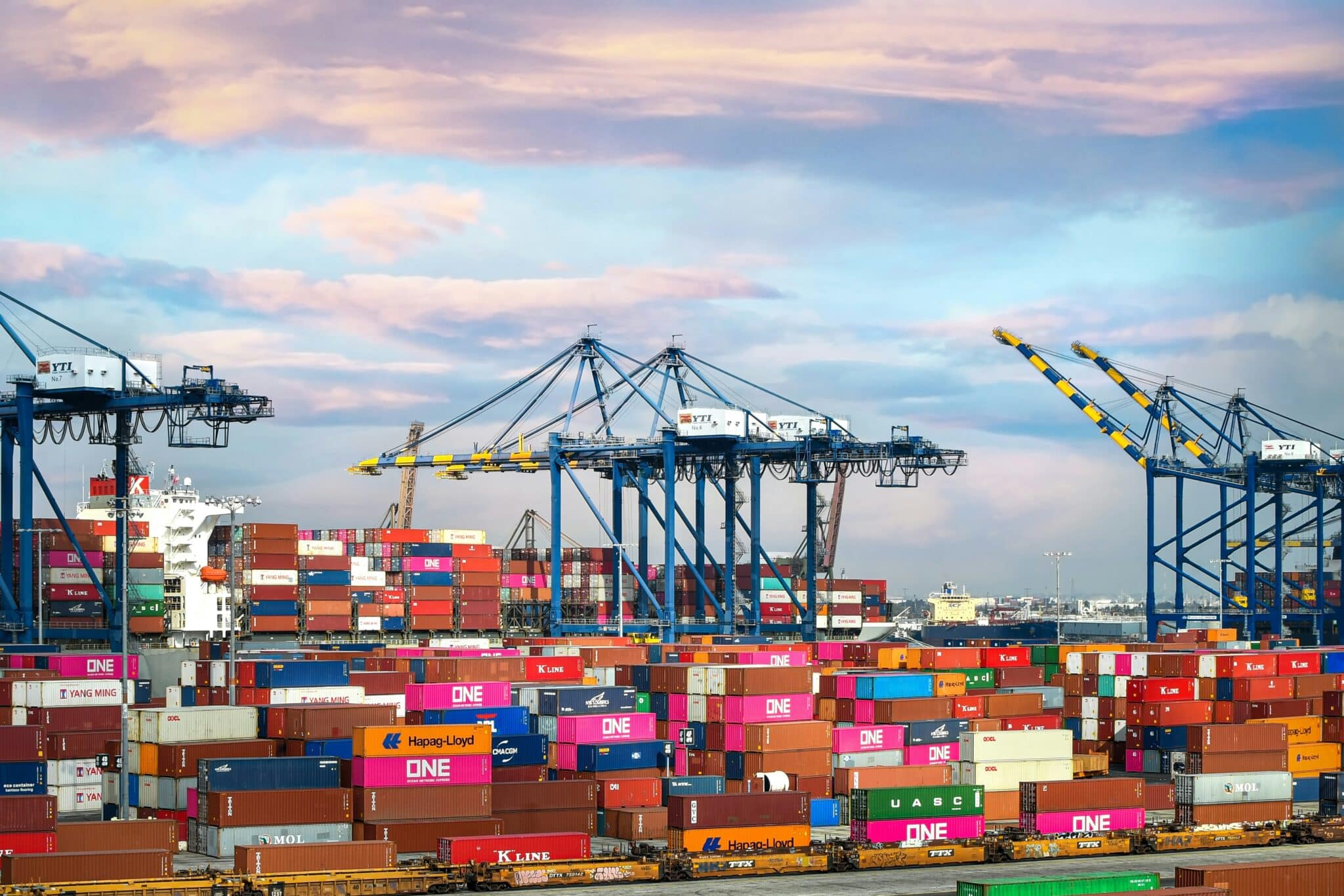Artificial intelligence (AI) has become a hot topic in nearly every industry, and inventory management is no exception. Many of you, our customers, have expressed curiosity about where AI fits into your operations. When we asked you how you envision leveraging AI for inventory and supply chain management, your responses were candid: You tell me!
Some of you hope to see AI integrated into tools you already use, while others wonder whether AI is relevant for small businesses like yours. The answer is simple: AI is already making a difference in supply chain management, and its potential is enormous, regardless of business size or turnover.
How Is AI already shaping inventory management?
AI in inventory management is no longer a futuristic concept; it’s a practical tool that companies are using to improve efficiency, reduce costs, and make better decisions. Let’s explore some of the ways AI is being used today in greater detail:
Enhanced Demand Forecasting: Predicting demand accurately is critical for managing inventory effectively. AI-driven forecasting systems analyse vast amounts of historical data alongside external factors such as market trends, seasonal variations, and even macroeconomic indicators. This enables businesses to anticipate demand shifts with precision, reducing overstock and minimizing costly stockouts. For example, a retailer can use AI to ensure they have sufficient inventory for an upcoming sales season without overcommitting resources to slow-moving items.
-
- Smart Chat Assistants: AI-powered chatbots, like AGR’s assistant “Fin,” are redefining customer and user interactions. These assistants provide instant responses to common queries, guide users through complex processes, and even offer troubleshooting tips. By streamlining communication, they reduce the need for human intervention, saving valuable time for both employees and customers. Imagine being able to resolve inventory discrepancies or generate a sales report simply by asking a chatbot.
-
- Streamlined Data Integration: One of the biggest challenges for businesses is ensuring that their ERP systems and inventory management tools communicate seamlessly. AI automates this integration by mapping, cleaning, and aligning data between systems. This reduces errors, prevents data silos, and ensures real-time updates. The result is a unified view of your operations, allowing for quicker decision-making and fewer inefficiencies.
-
- Natural Reporting: Generating reports has traditionally been a time-consuming and technical process. AI simplifies this by enabling natural language queries. Instead of manually selecting parameters and formatting data, users can ask questions like “What were my top-performing SKUs last quarter?” or “How has stock turnover changed year-over-year?” AI then generates detailed, accurate reports in seconds, making data insights more accessible to everyone in the organization.
These innovations are not only changing how supply chains operate today but also paving the way for more sophisticated applications in the future. Businesses of all sizes—from small startups to global enterprises—are seeing the transformative benefits of incorporating AI into their supply chain strategies.
Why AI matters for all business sizes
AI is transforming supply chain management for businesses of every size, from small startups to global corporations. Its adaptability and versatility make it a valuable tool no matter how complex or simple your operations are. Here’s why:
-
- Scalability: AI tools grow with your business. Whether you’re managing a single location or a multi-warehouse operation, AI adapts to your needs, ensuring efficiency without unnecessary complexity.
-
- Cost Efficiency: AI solutions, especially those offered as cloud-based services, are becoming increasingly accessible and affordable. This means smaller businesses can leverage advanced technologies without the high costs traditionally associated with innovation.
-
- Improved Decision-Making: AI provides insights that help businesses make informed decisions quickly. From inventory optimization to forecasting, it’s about working smarter, not harder.
-
- Levelling the Playing Field: Small businesses can compete with larger enterprises by using AI to optimize their processes, reduce errors, and deliver superior customer experiences.
-
- Future-Proofing: Adopting AI now prepares businesses for evolving market demands. As the supply chain landscape becomes more complex, those who embrace AI will be better positioned to adapt and thrive.
No matter your turnover or scale, AI offers tangible benefits that can enhance your supply chain operations and position you for long-term success.
Explore AI’s Role in Your Supply Chain
Your curiosity about AI is the first step toward innovation. Now is the time to explore how AI can fit into your supply chain and inventory management practices. From smarter forecasting to more intuitive tools, the possibilities are endless. Start by identifying areas in your supply chain where automation, accuracy, or efficiency could be improved—you might find that AI offers the perfect solution.
AI is here to stay, and its impact on the supply chain will only grow. Whether you’re just starting to explore its potential or are already using AI-driven tools, embracing this technology will help you build a resilient, efficient supply chain that’s ready for the future.
Ready to learn more? Reach out to us or book a demo today to see how AI can transform your supply chain management.




